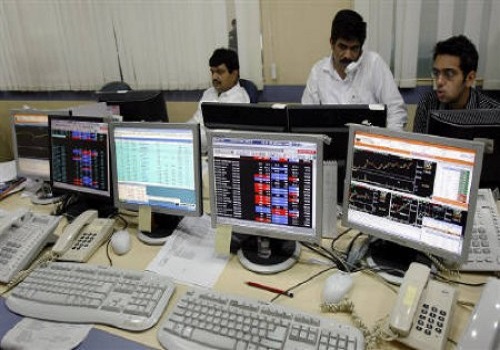Market Outlook: Q3 results, FII and economic data key triggers for next week

Follow us Now on Telegram ! Get daily 10 - 12 important updates on Business, Finance and Investment. Join our Telegram Channel
The market outlook for next week will be guided by Q3 results, crude oil price, foreign institutional investors (FIIs) and domestic economic data, according to experts on Sunday.
Quarterly results for the October-December period (Q3) will start at the beginning of next week. IT giants such as TCS and Tata Elxsi will announce their results on January 9, 2025.
Meanwhile, the government will release the first advance estimates of GDP for the financial year (FY) 2024-25 on Tuesday.
Last week, the Indian stock market witnessed a sharp rally. Nifty rose 191 points or 0.80 per cent to close at 24,004 and Sensex rose 524 points or 0.67 per cent to close at 79,223. During this period, the performance of smallcap and midcap stocks was better than largecap stocks. This shows that the bullish stance is maintained in the stock market on the occasion of the New Year.
In the sectoral performance, Nifty Auto led the gains with a 4 per cent weekly rise, while Nifty Realty emerged as the top laggard. Global market activity remained muted due to Christmas and year-end holidays, with no significant economic data releases.
With the Christmas and New Year holiday season coming to an end, market activity is expected to normalize next week. Full participation from institutional and retail investors could amplify market movements, making it a crucial period for traders and investors alike, Pravesh Gour, Senior Technical Analyst at Swastika Investmart, said.
In the trading session from December 30 to January 3, FIIs sold shares worth Rs 11,041 crore in the cash market. Whereas, domestic institutional investors (DIIs) invested Rs 9,253 crore.
Puneet Singhania, Director at Master Trust Group, said: "Nifty has formed a strong base in the 23,500–23,700 zone, consolidating there for 10 sessions, signalling a potential bottom formation and hinting at a reversal. The sustained close above the key psychological mark of 24,000 adds to the bullish sentiment, with prices favouring a buy-on-dips approach with a favourable risk-reward ratio."

























